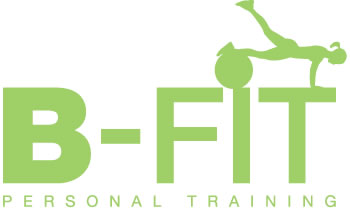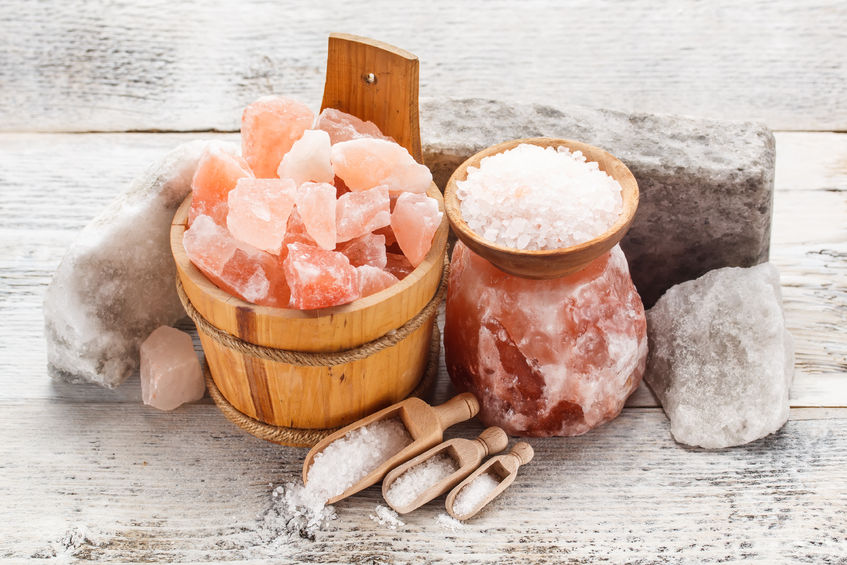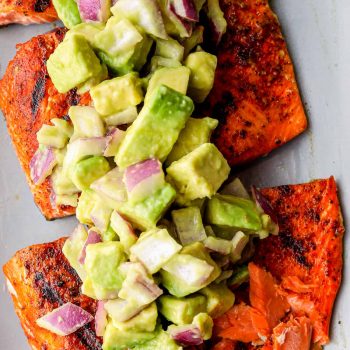Just like fats, not all salts are created equal. There are good salts, and there are bad salts. Salts that can heal us, and salts that can literally kill us. This 3 part healthy salt guide is designed to shed a little light on this subject. My goal is to encourage you to ditch the processed table salt and opt for the healthier alternatives.
Salt over the years has gotten such bad press as the bad guy, and that we need to reduce our intake or we’ll be 4 foot under.
But it’s also vital we remember that it’s crucial to the chemical and electrolyte balance in our body. Without this, we would struggle to transmit electrical nerve impulses. These pulses allow us to perform ‘bioelectrical’ functions such as movement, thinking, heart beat, feeling, and seeing.
Mess this up and things can go a bit pear shaped 🙁
There’s a huge misconception that salt is just salt. But that’s not the case at all. There are many different kinds of salt.
I’m more concerned about the type of salt you consume than the quantity. For clarity, it’s specifically processed table salt (97% sodium chloride) that’s not good for us.
There are better salts available than table that deliver not just sodium but other rich and diverse minerals. That’s what I want to explore in this series and specifically Himalayan, Dead Sea, and Epsom salts.
First up, is Himalayan Salt … no surprise it’s from the Himalaya’s!
What Is Himalayan Salt?
These dusky pink granules don’t just look pretty – they’re also incredibly medicinal.
As well as containing sodium chloride (85%), Himalayan salt is jam packed with 84 trace minerals such as calcium, potassium, magnesium, sulphate and iron. It’s the iron that gives the beautiful pinkness.
Since Himalayan salt contains less sodium chloride than table salt, it’s a great way to reduce our overall consumption and minimise any potential health risks.
Benefits
- Helps prevent cramping
- Helps lower blood pressure
- Hydrates skin and organs
- Strengthens bones
- Improves vascular health
- Supports a healthier respiratory system
- Promotes good pH balance and very alkaline
- Promotes healthy sleep
- Increases libido
- Eliminates heavy metals from the body
- Improves cardiovascular health
What To Look For
- 100% unrefined
- 100% natural
Uses
- Cooking, baking, and seasoning (if using coarse Himalayan salt use a grinder)
- In the bath to ease muscle aches, and treat skins conditions (use fine Himalayan salt)
- Salt lamps to purify the air
- Salt candles holders to purify the air and they give off the most beautiful warm glow
- In beauty products such as body scrubs, soaps, and face masks
Bath Guidelines
- Dissolve salt in a hot bath approx 36-40 degrees
- For sore muscles and joints use 500 grams to 1 kg in a regular sized bath
- For general wellbeing use 250 to 500 grams in a regular sized bath
- Soak and relax for 20 mins
Storage
- Store in a sealed container in a cool, dry place as over time the salt can absorb moisture
As you can see, there’s many benefits to Himalayan salt. Have I convinced you yet? Give it a try and let me know what you think? It’s such an easy switch and doesn’t cost the earth.
In the next episode on the healthy salt series, I’m going to be introducing you to Dead Sea Salt.
Back soon with the next instalment.
Love Gaynor x





